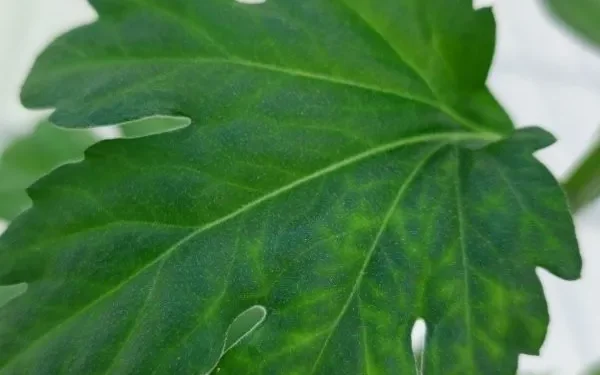Investors and entrepreneurs focused on the agricultural sector are increasingly looking for innovative solutions that enhance crop protection while aligning with sustainable practices. One such cutting-edge development is the use of raman spectroscopy for early virus detection in greenhouse crops, currently being researched by Wageningen University & Research (WUR).
Detecting plant viruses early is crucial for protecting crops from widespread infection. A virus, made up of proteins and genetic material (DNA or RNA), is invisible to the naked eye, and infected crops may not show symptoms for weeks. Traditionally, growers must rely on laboratory tests, which can take days, to confirm a virus infection. However, raman spectroscopy, a technique that analyzes the scattering of laser light to determine chemical compositions, offers the potential for much faster virus detection.
WUR’s Greenhouse Horticulture Business Unit, under the leadership of researcher Corien Voorburg, is investigating the application of raman spectroscopy to detect changes in plant cells caused by viruses. When a plant is infected, its metabolic activity shifts, altering the chemical makeup of its cells. These changes affect how light scatters when a laser is applied, and by detecting these variations—combined with artificial intelligence—virus infections can be identified earlier than with conventional methods.
To test the effectiveness of raman spectroscopy, WUR has conducted experiments on chrysanthemums infected with the tomato spotted wilt virus (TSWV), a significant challenge for the horticultural sector. The preliminary results suggest that the altered leaf surface caused by the virus can be detected through this method. If successful, this technology could significantly shorten the time required for virus detection, allowing growers to respond faster to potential threats.
Voorburg envisions a future where this technology is integrated into a handheld device, enabling greenhouse growers to scan crops on-site and receive immediate indications of virus infections. However, challenges remain. Unlike controlled laboratory conditions, greenhouses present a range of variables, such as fluctuating temperatures, pests, and differing plant varieties, all of which can affect the accuracy of detection. Nevertheless, if this technology can be successfully adapted for greenhouse environments, it holds immense potential for preventing virus outbreaks and minimizing crop damage.
The research into raman spectroscopy is supported by Wageningen University & Research, and it represents a promising advancement in sustainable greenhouse management. Early detection of viruses not only preserves crop health but also reduces the need for reactive measures, aligning with the broader goals of environmental sustainability and food security.












